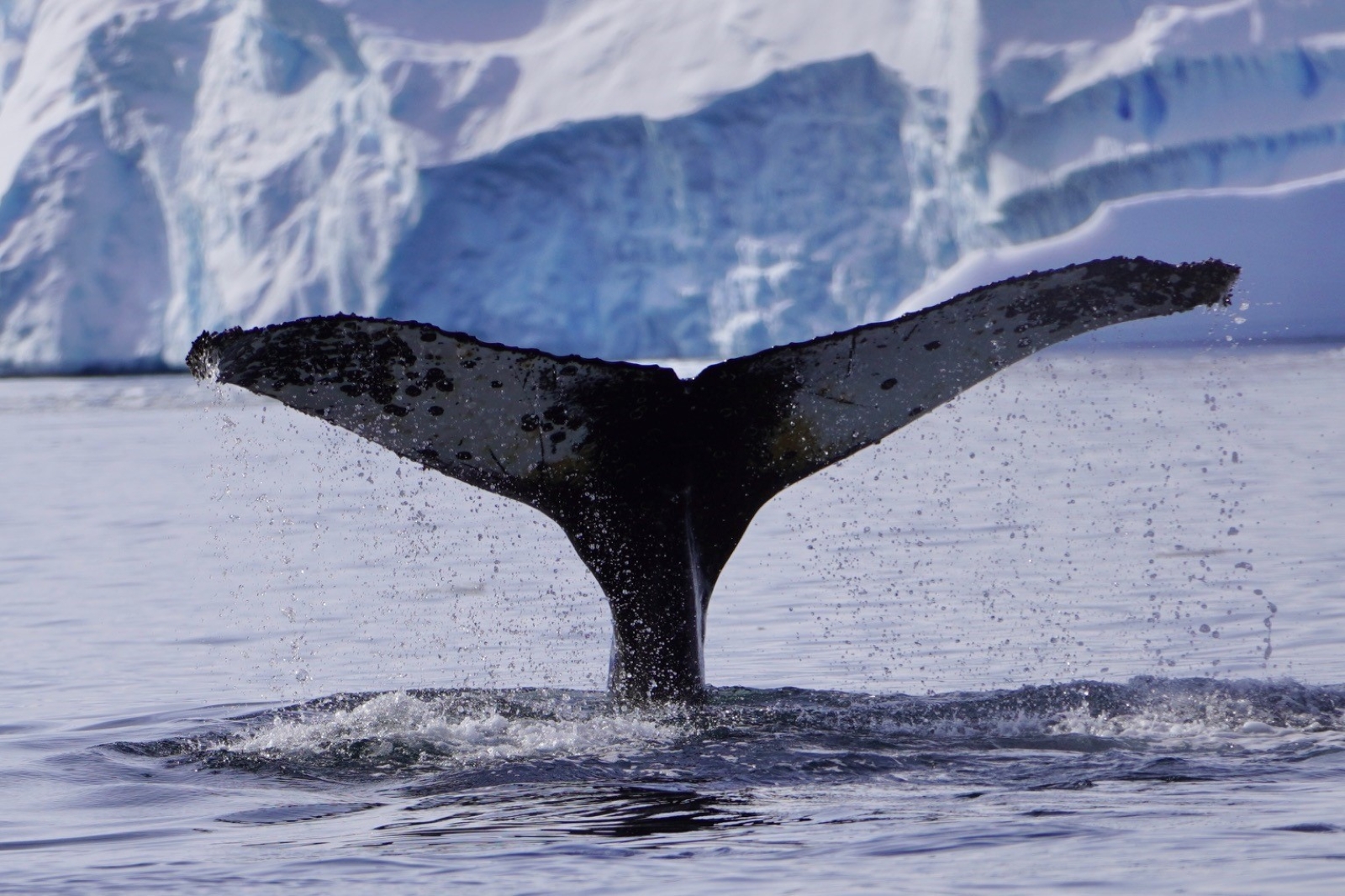
On my recent trip to Antarctica in December, I encountered a variety of wildlife in the air, on land, and in the sea. Here is an overview of what you may see on your Antarctic adventure!
While sailing across the Drake Passage to get to the White Continent, we came across a variety of seabirds including various species of albatrosses, petrels, storm-petrels, and diving-petrels. These birds live at sea and only come on land to breed.
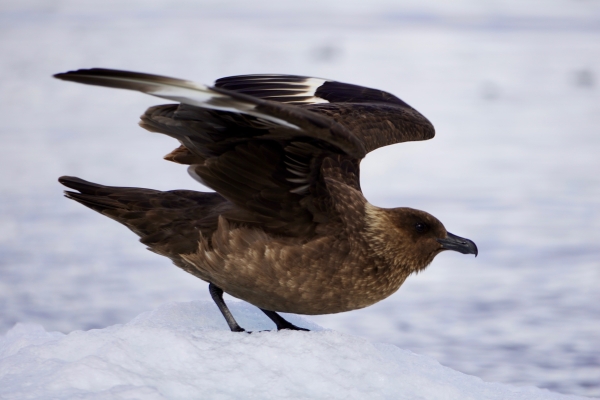
As we got closer to land and ice, we saw skua, gull, shag, tern and what we were all waiting for – penguins! I saw three species of penguins on my trip including chinstrap penguins, Adélie penguins, and primarily the gentoo penguins. The gentoo penguins are the third largest penguin after the emperor penguin and king penguin. I will note that I was hoping to see emperor penguins on this trip, but we quickly were informed that they are rare to see because they are mainly found inland. King penguins can be seen on South Georgia Island which some cruises include on their itinerary if this is of interest to you.
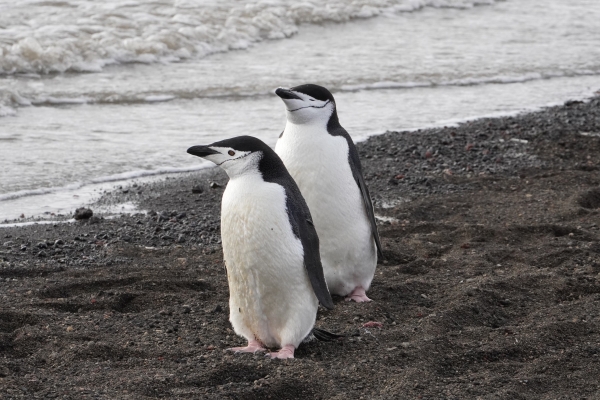
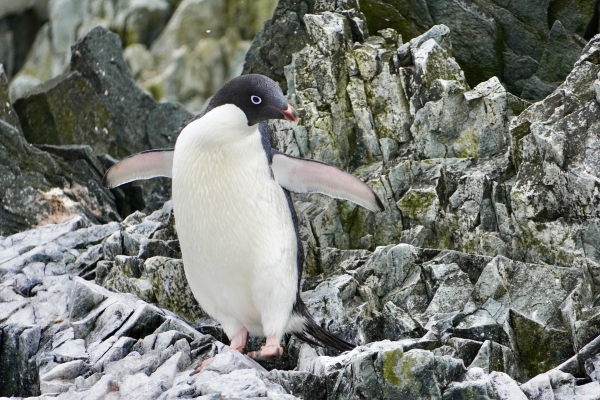
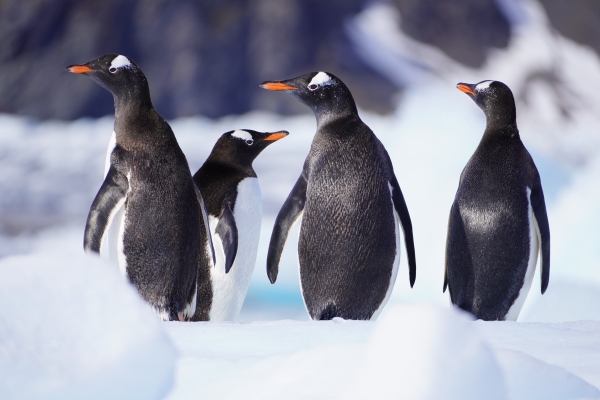
In December, the penguins nest, and then their chicks hatch from late December – early February. It’s also common in February to see penguin chicks taking their first steps outside the nest.
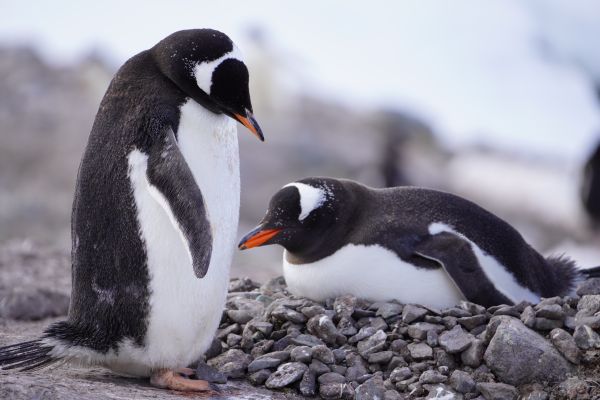
One of my favorite animals that I got to see was this crabeater seal, the most common seal species in this region. They are curiously named since their major prey is not crabs but Antarctic krill.
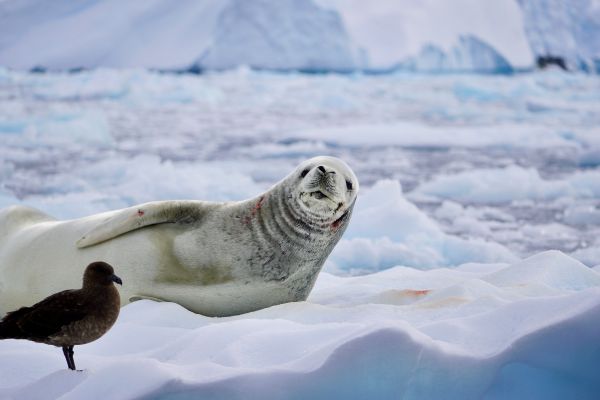
We had the opportunity to see a few Weddell seals which have a cute, cat-like face. Weddell seals spend much of their time below the Antarctic ice. They have the southernmost range of any seal, but find the chilly waters rich with the prey they seek.
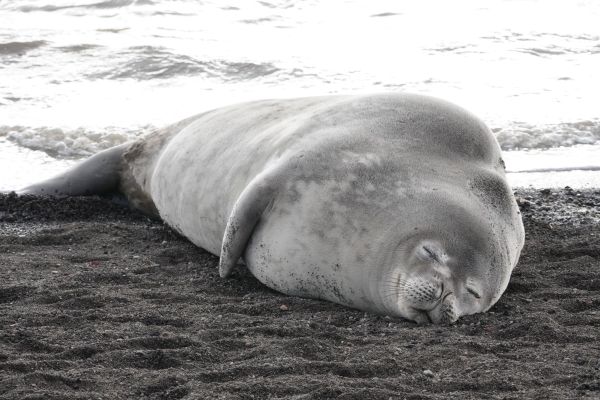
Another seal species we saw was the elephant seal. There were a mix of females and male juveniles who won’t develop their inflated nose until they mature at about seven years old. Southern elephant seals are open ocean predators and spend much of their time at sea. They only come to shore to reproduce and to molt their fur. The best chance to see these in high numbers is in South Georgia.
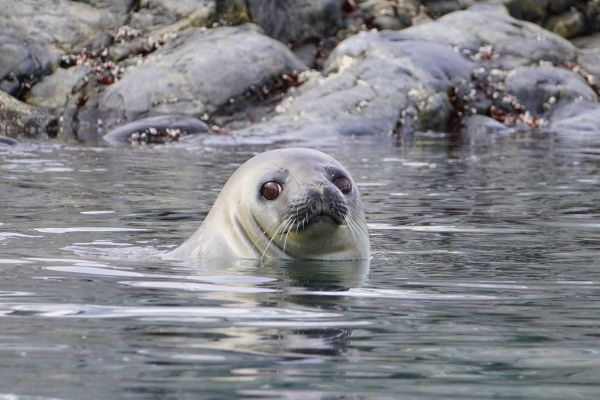
We saw humpback whales daily and a couple late evening sightings of orcas (as it doesn’t get dark this time of year). It was incredible to get relatively close, but at a safe distance, to the humpback whales from the level of a zodiac boat. You will begin to see more whales in mid-December with numbers increasing and peaking in mid-February.
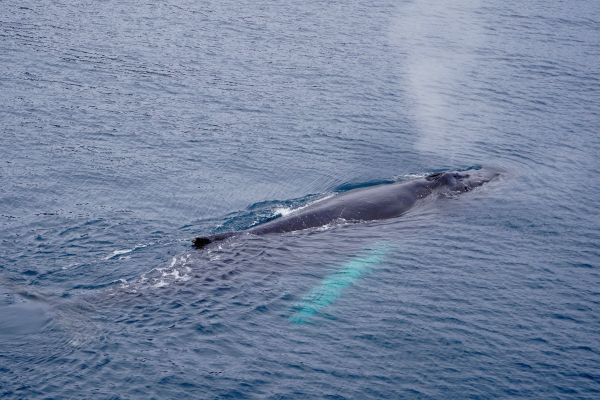
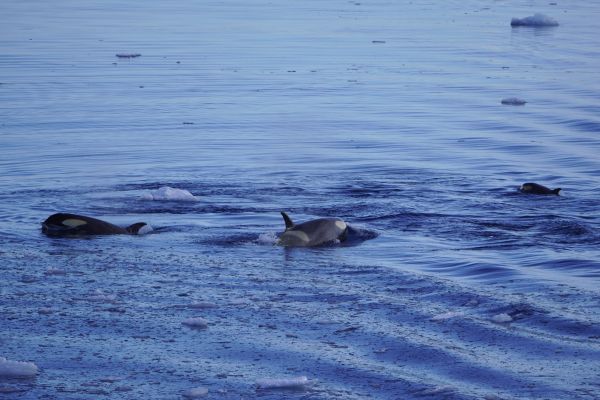
Unfortunately, we did not spot any leopard seals or ross seals on my trip, but did see some fur seals. If you are lucky, you might come across various other species of dolphins and whales such as the southern bottlenose whale, minke whale and sperm whale to name a few. A common misconception is that Antarctica has polar bears. This is not the case, rather they are native to the Arctic as are beluga whales, narwhals and walruses. No matter what kind of wildlife you are seeking, both poles offer incredible wildlife viewing experiences!
Източник за тази статия
Наши спонсори са:
Български трактори на добри цени при изключително качество






